#showy rattlebox
Text
Colorful Showy Rattlebox Lives Up to Its Name
Colorful Showy Rattlebox Lives Up to Its Name shows readers an example of one of these gorgeous, bright yellow flowers and explains why they are so perfectly named.
A Pretty Pea
It’s the time of year when the beautiful, bright yellow showy rattlebox flowers (Crotalaria spectabilis) are blooming all along the roadsides. They’re one of several large yellow wildflowers that are popping up everywhere right now. Showy rattlebox, being a member of the pea or legume family (Fabaceae) has the typical trilobed appearance and the flowers very quickly become large,…
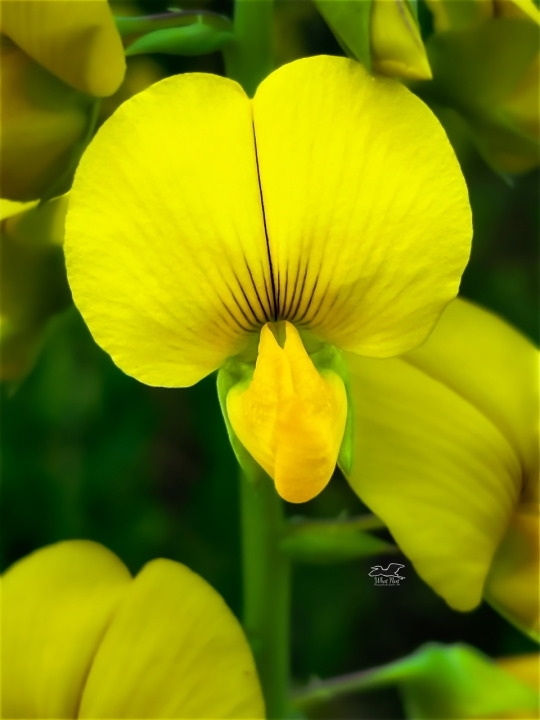
View On WordPress
#colorful rattleboxes#colorful wildflowers#Fabaceae#fall rattleboxes#fall wildflowers#Florida rattleboxes#Florida wildflowers#Indian rattlebox#legumes#nature photographs#nature photography#pea family#rattlebox flowers#rattlebox photographs#showy rattlebox#wildflower photographs#wildflower photography#wildflowers#yellow rattleboxes#yellow wildflowers
0 notes
Text
Moth of the Week
Ornate Bella Moth
Utetheisa ornatrix

This moth was first described as Phalaena ornatrix and Phalaena bella by Carl Linnaeus in 1758. In 1960, it became known as the Utetheisa ornatrix by William Trowbridge Merrifield Forbes. It’s also called the ornate bella moth, ornate moth, bella moth or rattlebox moth and is in the family Erebidae.
Description The body is white with black spots on the back of the thorax and head. The legs are black and white and antennae are black and filiform. The hindwings are a pale or bright pink with an irregular black border. The forewings are orangish-yellow with white bands surrounding black dots. Patterns may vary. These colors are used to warn predators of the moth’s toxicity.
Wingspan range: 33 - 46 mm (1.3 - 1.8 in)
Diet and Habitat The larva feed on plants of the Crotalaria species such as Avon Park rattlebox, rabbitbells, smooth rattlebox, and showy rattlebox. These plants provide the larva and adults with alkaloid compounds which are the unpalatable to predators. They accumulate these toxins from the seed pods of these plants, however if the larva can’t eat a seed pod due to competition they will have to eat the leaves where is concentration is much lower. Larvae may prey on/eat others of its kind to maintain high levels of alkaloids. Alkaloids are also passed down from parents to eggs.
Its northern most range is from Connecticut westward to southeastern Nebraska and southward to southern New Mexico and Florida in the United States. Its southern most range is from Mexico, South America, and Central America. It’s southernmost reach is southeastern Brazil. This species is more common in tropical parts of this range due to host plant populations.
Mating This species demonstrates a form of sexual selection. The females choose a male to mate with based on the intensity of their pheromones. During mating, the females receive a “spermatophore” from the males containing sperm, nutrients, and alkaloid compounds. After mating, the females choose which males’ sperm fertilizes the eggs. Usually, the female chooses the male with the most alkaloids which tends to be the larger males. Adult males invest up to 11% of their body mass to create a spermatophore they provide to a female during mating. The nutrients given in the spermatophore allow the female to produce an average of 32 additional eggs in her brood.
Females mate an average of 4-5 times and up to 13 times, each with a different male. In the north there there two generations per year with more in the south.
Predators The larva and adults keep predators at bay with alkaloid compounds accumulated during feeding and inherited from parents. These toxins make them unpalatable to their main predators: spiders and bats. Specifically, the adult moth secretes an alkaloid foam from its head when threatened. However, larva and moths with low concentrations are more susceptible to predation than those with higher concentrations who are usually released and unharmed after being caught.
These toxins do not work against some predators like loggerhead shrikes.
Unlike other moths of the Arctiidae subfamily, this species moth does not have a way to audibly communicate their toxic which would help it to avoid bats altogether.
Fun Fact This species was first described on 1758 by Carl Linnaeus as two different species: Phalaena ornatrix was used to describe the paler moth specimens, and Phalanea bella, described the bright pink moth specimens. It was then moved to the genus Utetheisa in 1819 by Hübner. After nearly a century of struggling to identify this species and its subspecies, Forbes combined both species Utetheisa ornatrix and Utetheisa bella into one in 1960: Utetheisa ornatrix.
(Source: Wikipedia; The Island Packet; Institution of Food and Agricultural Sciences, University of Florida)
#libraryofmoths#animals#bugs#facts#insects#moth#mothoftheweek#lepidoptera#ornate bella moth#bella moth#rattlebox moth#ornate moth#Erebidae#Utetheisa ornatrix
127 notes
·
View notes
Photo

[oc] Showy Rattlebox in my neighbors garden. It's a nitrogen fixing plant, I've learned. It's also particularly toxic. I'm not sure if she's aware so I'll mention it to her because she has chickens and recently adopted a young cat. They're gorgeous flowers, though.
0 notes
Photo
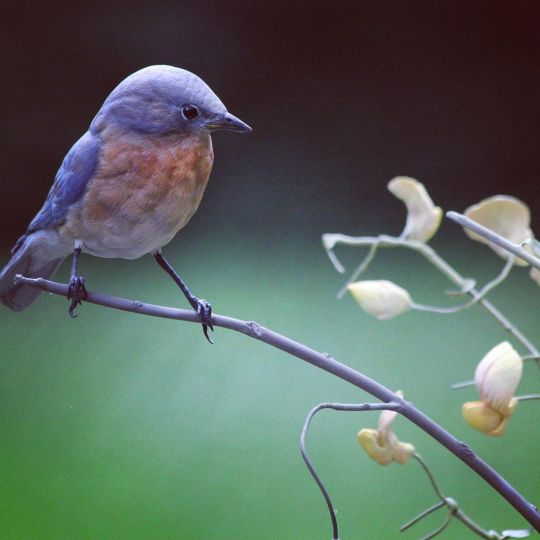
Eastern bluebirds love my backyard; so I’ve created a lot of sculptures of them. I positioned this female in wood on flowering showy rattlebox, which I fabricated out of metal and wood. www.wilsonwildlifesculpture.com #bluebird, #birdsculpture, #showyrattlebox, #woodworking, #woodsculpture, #woodcarving, #realism, #easternbluebird #wildlifesculpture, #wilsonwildlifesculpture https://www.instagram.com/p/CEHHffmpPZB/?igshid=1ip6dfrbh18d7
#bluebird#birdsculpture#showyrattlebox#woodworking#woodsculpture#woodcarving#realism#easternbluebird#wildlifesculpture#wilsonwildlifesculpture
0 notes
Photo
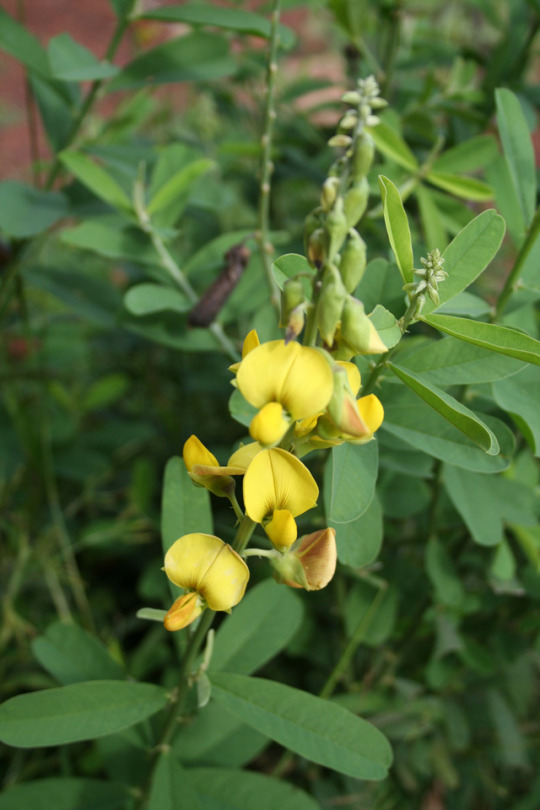
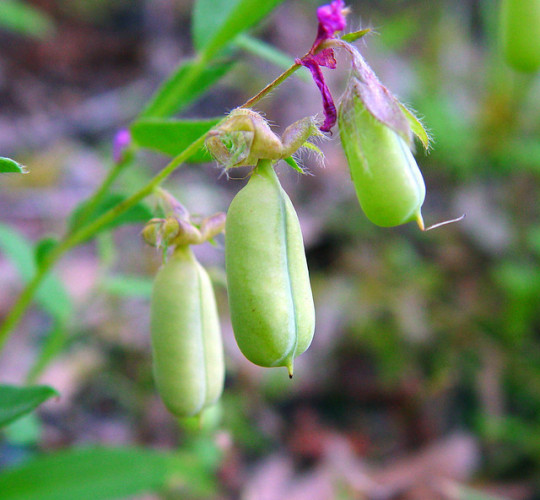

Showy Rattlebox (Crotalaria spectabilis). Crotalaria is a genus of herbaceous plants and woody shrubs in the Family Fabaceae (Subfamily Faboideae) commonly known as rattlepods. The Crotalaria genus includes about 500 species of herbs and shrubs. Africa is the continent with a majority of Crotalaria species (approximately 400 species).
11 notes
·
View notes
Text
we have successfully eradicated the showy rattlebox from the lake, but not the one construction place that's too far away to walk to. Boo.
1 note
·
View note
Text

[ID: A Photo of a white hand with nailed painted blue, pink, white, pink, and blue in the trans pride flag, holding up a showy rattlebox stem, a plant with large yellow-orange pea-like flowers. The flower have two larger petals ontop, and folded petals in the center. Further down the stem, seed pods are forming, looking like small bean-pods hanging out of the base where the flower was. There is grass and dried oak leaves in the background. End ID.]
This plant is my sworn nemesis and I will kill it everywhere I go that I can reach. This one was on the other side of a chain link fence that I couldn't fit my hand through, so I used a stick to drag it close enough that I could rip it off.
This plant is invasive in North America, and was brought over because it has such pretty flowers. It forms large puffy pods that fucking explode when they're ripe, sending the seeds flying everywhere.
Which as you can imagine is a fucking horrifying trait for an non-native species to have, which is why this is invasive.
Here's the iNaturalist observation for this individual plant in particular. I will keep trying to kill it, since I wasn't able to pull it up by the roots. I guess I need a skinny shovel or a bigger stick to poke through the fence.
There are a bunch of other Crotalaria species that are native to north america, though, and most of them have yellow flowers like this, so don't just go killing any plant you see with these kinds of flowers.
Take pictures of the whole plant, including the leaves, with something for scale like your hand or better yet a ruler, and post them to iNaturalist to triple check which species you've found.
#>:(#North America invasive species#North America invasive plants#showy rattlebox#Crotalaria spectabilis#Crotalaria#invasive flowers#rattlepods#legumes#fabacea
1 note
·
View note
Text


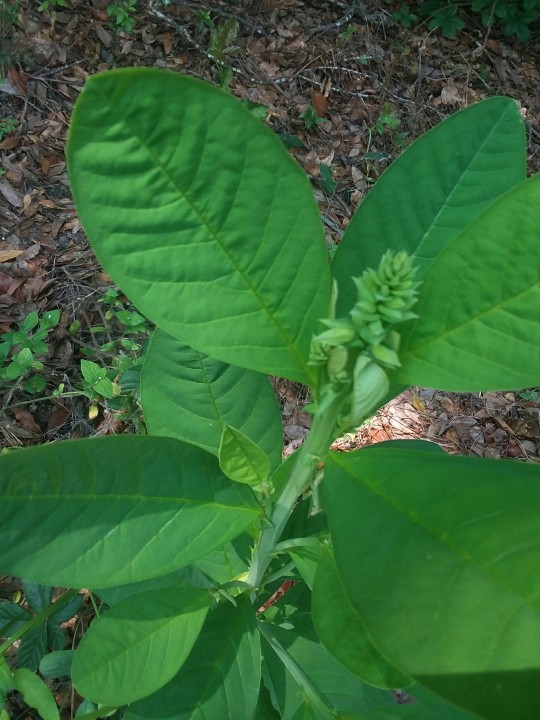
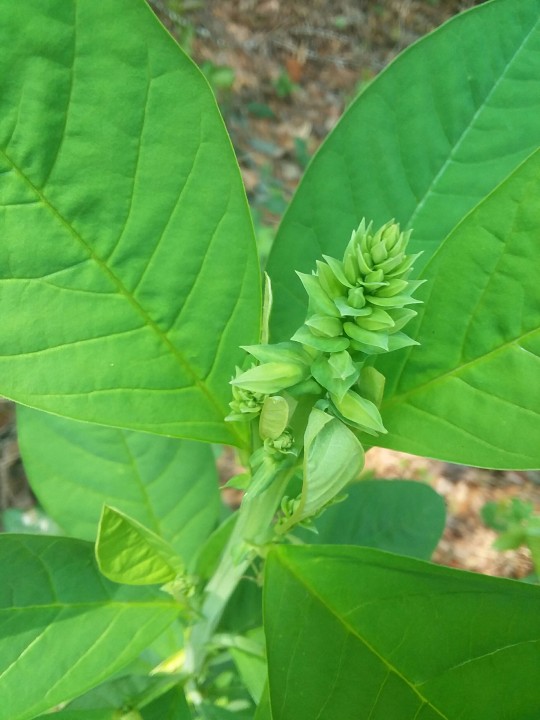
#undescribed images#Rjalker takes pictures#plants#showy rattlebox#showy rattlepod#georgia invasive species#georgia invasive plants
1 note
·
View note
Text
Beautiful Showy Rattlebox is Non-native but Has Many Uses
Beautiful Showy Rattlebox is Non-native but Has Many Uses relays both the good and bad features of this potentially invasive, but very useful wildflower. It also gives readers some of the interesting facts about this plant.
Crotalaria Closeup
The last few days here in central Florida have been cool and overcast, but despite this less than ideal weather, some of our local plants are beginning to grow again. One of the ones that I found growing on the roadside today when I went into town is the showy rattlebox (Crotalaria spectabilis). It’s not blooming yet, but it’s little green sprouts with alternate, simple leaves…

View On WordPress
#cat’s bell#edible plants#Fabaceae#Florida plants#Florida wildflowers#greater rattlepod#Indian rattlebox#medicinal plants#nature#nature photographs#pea family#plants of Florida#rattlebox#showy crotalaria#showy rattlebox#silent rattlepod#toxic plants#wildflower photographs#wildflowers#wildflowers of Florida#yellow crotalaria
0 notes
Text
My nemesis, unreachable

[ID: A photograph of the leaf-covered ground through a chainlink fence, with Showy Rattlebox, a small, bright green plant with large, round leaves, growing on the other side of the fence. End ID.]
These are invasive in the US (it’s originally , and very distinguishable, so I rip them up whenever I find them. And normally I can fit my hand through chainlink fences, but this one was buit with smaller holes than normal, and I couldn’t find a stick or anything to smack it with either.
Unfortunate.
There are species of this genus (Crotalaria) native to the US, but their flowers are smaller and much less “showy”, which is why the showy rattlebox was brought over in the first place.
Picture taken at Mohawk Lake in Savannah Georgia, December 16th, 2021. This is going on iNaturalist for posterity. I have seen showy rattlebox in this area before, but not in this specific location, which is really disappointing.
#invasive plants#invasive specise#showy rattlebox#Crotalaria spectabilis#Rjalker takes pictures#mohawk lake#savannah georgia
0 notes